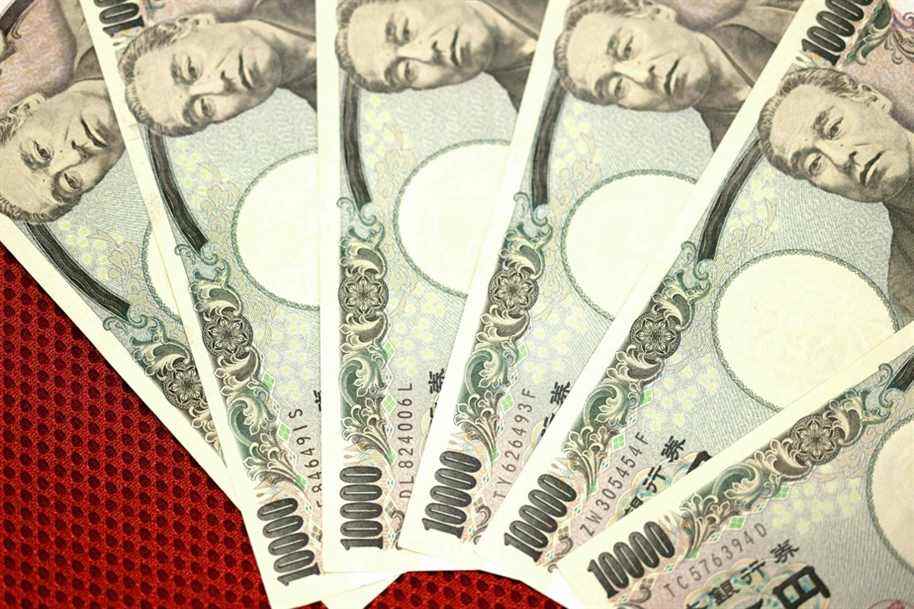(Tokyo) New Japanese Prime Minister Fumio Kishida on Friday announced a massive stimulus package worth a record 56 trillion yen (around C $ 615 billion) to boost the recovery of the third economy global.
This pandemic package, which is expected to be approved by the government later today, “is enough to reassure the Japanese people and give them hope,” Kishida told TV stations.
The stimulus package – the first in Japan since late 2020 and the third since the outbreak of the pandemic – also includes funds that had been earmarked for previous aid plans, but had not been used so far.
“We have been able to put together economic measures that will reopen society after the pandemic,” Kishida said during discussions between the government and the ruling coalition.
The most dramatic measure is an individual bonus of 100,000 yen (some $ 1,100) for young people 18 and under and those in precarious situations, local media reported.
However, the effectiveness of this measure in boosting consumption is uncertain. Already in 2020, the Japanese government had paid a bonus of 100,000 yen to all residents of the country, but the latter had mainly used it to save.
Therefore, “do not expect a spending spree” from the Japanese with the new premium, warned the research firm Capital Economics in a recent memo.
Support for consumption and tourism
The government also plans to reinstate in early 2022 a subsidy program for domestic tourism, suspended since the end of 2020 because of the upsurge in COVID-19 at the time.
It should also support consumption and the hotel and restaurant sectors, which have been hit hard by the pandemic and persistent border restrictions (foreign tourists are still banned from Japan at present).
Financial aid for small and medium-sized enterprises hit by the crisis is also planned.
Coming to power at the beginning of October and reinforced by the great success of his party in the legislative elections of October 31, Prime Minister Fumio Kishida (PLD, conservative right) made economic recovery one of his main priorities and very early proposed to draw a new massive fiscal stimulus plan.
Blaming the impact of the Delta variant and global supply shortages weighing on the industry, Japan’s GDP fell back in the third quarter (-0.8% compared to the second quarter), according to preliminary figures released Monday and which are worse than expected.
But a sharp rebound is expected from the fourth quarter, notably under the effect of the very marked improvement in the health situation in the country since September, linked to a vaccination rate that has become high: more than 75% of the population has now received two injections against COVID-19.
Despite extremely high public debt in Japan (over 250% of GDP according to the International Monetary Fund), the government should have no trouble borrowing to finance its stimulus plan.
Because the country’s central bank, the Bank of Japan (BoJ), maintains an ultra-accommodating monetary policy and buys as many Japanese government bonds as necessary to keep their yields around 0%.
Mr. Kishida intends to have Parliament adopt by the end of December an additional budget necessary to finance the recovery plan.
Even though the actual effectiveness of this plan raises doubts given the mixed results of similar programs in 2020, voting in Parliament should only be a formality given the overwhelming majority in the ruling coalition.
